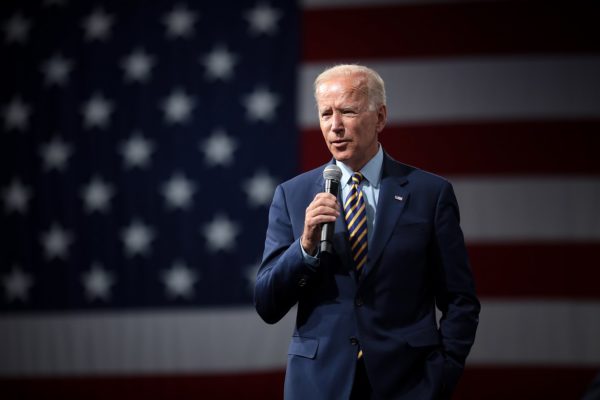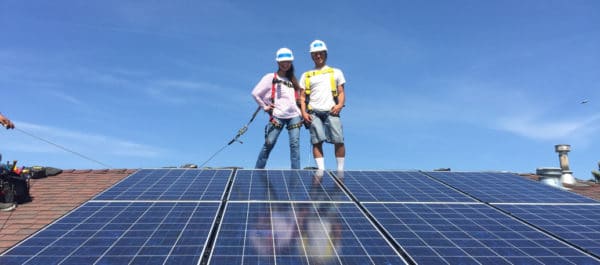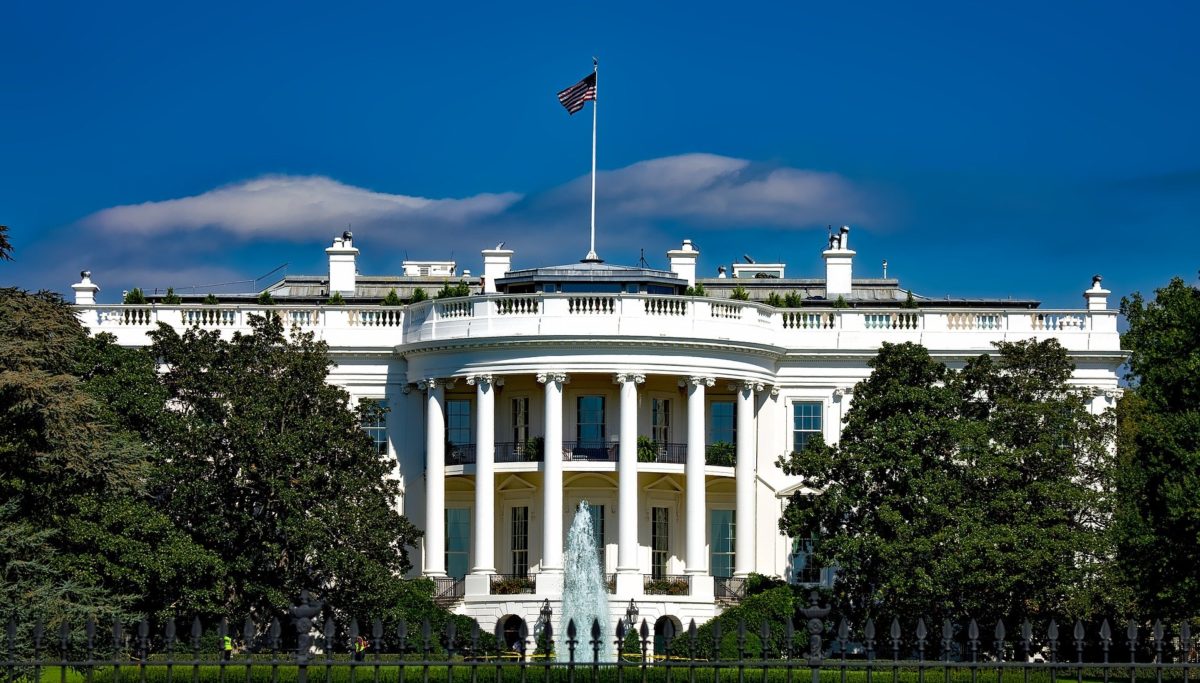President Joe Biden announced a compromise framework for his administration’s Build Back Better agenda, including a proposed $555 billion for clean energy initiatives. The framework also includes a 10-year tax credit expansion.
The proposed framework would be the basis for legislation to be drafted and then would be taken up by both Houses of Congress.
News reports said that neither Sen. Joe Manchin (D-WV) or Krysten Sinema (D-AZ) had immediately signed off on the deal, which was announced hours before Biden was slated to depart for Europe and the COP26 summit in Glasgow, Scotland. Both senators are considered to be key votes.
Highlights of the framework according to the White House include:
- Clean Energy Tax Credits ($320 billion): Ten-year expanded tax credits for utility-scale and residential clean energy, transmission and storage, clean passenger and commercial vehicles, and clean energy manufacturing.
- Resilience Investments ($105 billion): Investments and incentives to address extreme weather (wildfires, droughts, and hurricanes, including in forestry, wetlands, and agriculture), legacy pollution in communities, and a Civilian Climate Corps.
- Investments and Incentives for Clean Energy Technology, Manufacturing, and Supply Chains ($110 billion): Targeted incentives to spur new domestic supply chains and technologies, like solar, batteries, and advanced materials, while boosting the competitiveness of existing industries, like steel, cement, and aluminum.
- Clean Energy procurement ($20 billion): Provide incentives for government to be purchaser of next gen technologies, including long-duration storage, small modular reactors, and clean construction materials.
The White House said that the framework will deliver “well over one gigaton” of greenhouse gas emissions reductions in 2030. It also said the framework’s $555 billion investment represents the largest single investment in a U.S. clean energy economy in history, across buildings, transportation, industry, electricity, agriculture, and climate-smart practices across lands and waters.

Image: Wikimedia commons
The framework also is intended to set the United States on course to meet its climate targets, achieving a 50-52% reduction in greenhouse gas emissions below 2005 levels in 2030.
Heather Zichal, CEO of the American Clean Power Association applauded the revised framework for the Build Back Better Act and said it includes provisions that will “help drive clean energy investment across the country” while also delivering “substantial” emission reductions.
Abigail Ross Hopper, president and CEO of the Solar Energy Industries Association (SEIA), said “The Build Back Better framework contains the most ambitious and transformational clean energy policies we’ve ever seen from Congress.” She called on Congress to “come together and pass this momentous legislation as soon as possible.”
And Jason Burwen, interim CEO of the U.S. Energy Storage Association said that with new manufacturing incentives available for batteries and federal procurement of next-generation long-duration storage, the framework will “supercharge efforts to rapidly transition to clean energy while building a robust energy storage supply chain here at home.”
Rebates
The Build Back Better framework is intended to deliver consumer rebates and ensure middle class families save money as they shift to clean energy and electrification. Proposed measures include enhancement and expansion of existing home energy and efficiency tax credits, as well as the creation of a new, electrification-focused rebate program.
According to the White House, the framework will cut the cost of installing rooftop solar for a home by around 30%, shortening the payback period by around 5 years. The framework’s electric vehicle tax credit will lower the cost of an electric vehicle that is made in America by $12,500 for a middle-class family. In addition, the framework is intended to help rural communities tap into the clean energy opportunity through targeted grants and loans through the Department of Agriculture.
 Supply chain
Supply chain
The framework also proposes incentives to grow domestic supply chains in solar, wind, and other industries. In addition, the framework aims to boost the competitiveness of existing industries, like steel, cement, and aluminum, through grants, loans, tax credits, and procurement to drive capital investment in the decarbonization and revitalization of American manufacturing.
The framework proposes a new Clean Energy and Sustainability Accelerator to invest in projects around the country, while delivering 40% of the benefits of investment to disadvantaged communities, as part of the administration’s Justice40 initiative. The framework will also fund port electrification; facilitate the deployment of cleaner transit, buses, and trucks; and support critical community capacity building, including grants to environmental justice communities.
In addition, it would create a new Civilian Climate Corps with over 300,000 people to work on public land conservation, community resilience, and climate change.
Updated on October 28 to include a comment from the Clean Power Association, the Solar Energy Industries Association, and the U.S. Energy Storage Association.
This content is protected by copyright and may not be reused. If you want to cooperate with us and would like to reuse some of our content, please contact: editors@pv-magazine.com.









By submitting this form you agree to pv magazine using your data for the purposes of publishing your comment.
Your personal data will only be disclosed or otherwise transmitted to third parties for the purposes of spam filtering or if this is necessary for technical maintenance of the website. Any other transfer to third parties will not take place unless this is justified on the basis of applicable data protection regulations or if pv magazine is legally obliged to do so.
You may revoke this consent at any time with effect for the future, in which case your personal data will be deleted immediately. Otherwise, your data will be deleted if pv magazine has processed your request or the purpose of data storage is fulfilled.
Further information on data privacy can be found in our Data Protection Policy.